I just finished reading Charlotte’s Web to my youngest, and like most children, he was captivated by the spiders incredible spinning skills. Every time we read this classic we become keenly aware of the spiders in our little patch of earth. And that’s how we came to spot this dew-kissed spider web carefully set between two trees in our backyard. Spiders spin their webs in all different kinds of … [Read more...]
Milkweed Tussock Caterpillar {InstaScience}
As I sat with my cup of coffee in hand looking out at nature the other morning, I spotted a hairy little caterpillar making its way up a milkweed stalk. The furry orange and black creature was a milkweed tussock caterpillar, which are pretty common around this time of year. The milkweed plant is the most common host plant for this type of tussock caterpillar. The female tussock moth lays eggs … [Read more...]
Monarchs {InstaScience}
Listen to the InstaScience nature study: Every year around this time we head outdoors for a special treat - the monarch butterfly! I love butterflies, but the monarch is among my absolute favorites. This orange and black beauty is known as the “King of Butterflies.” Monarchs go through the same four stages in their life cycle as other butterflies, meaning that they begin as eggs, hatch … [Read more...]
Bees & Pollen {InstaScience}
Check out the legs on this bee! It is not pumping iron, it's packing pollen! Literally hundreds of the tiny grains are resting on its pollen sacs waiting for the flight home. Bees have special combs on their front legs that they use to brush the pollen off their bodies and onto the sticky pollen sacs found on their hind legs. From flower to flower, the pollen builds up giving the bee one … [Read more...]
Cicada Emergence {InstaScience}
Every once in awhile you walk out the door and find something amazing. That was the case when Paige found this adult cicada emerging right on the frame of their front door! Cicadas, like butterflies, undergo complete metamorphosis. The nymphs spend at least a year or two underground feeding on sap from tree roots. They emerge in July, find a safe place, and spend the next hour or so … [Read more...]
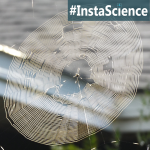
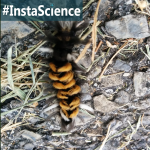
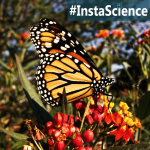
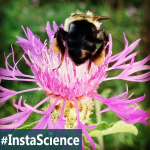
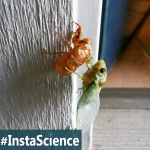


Join the Community!